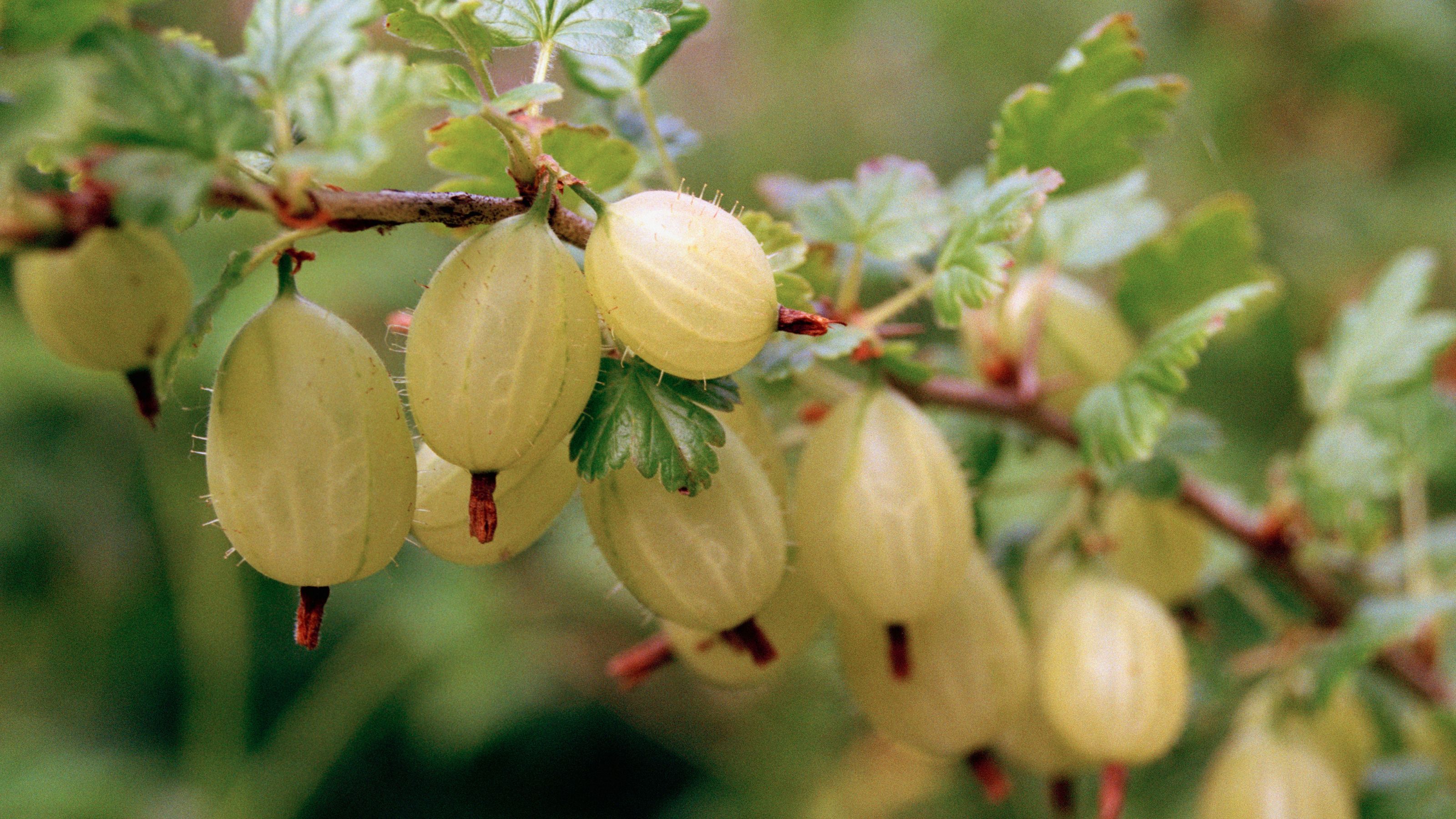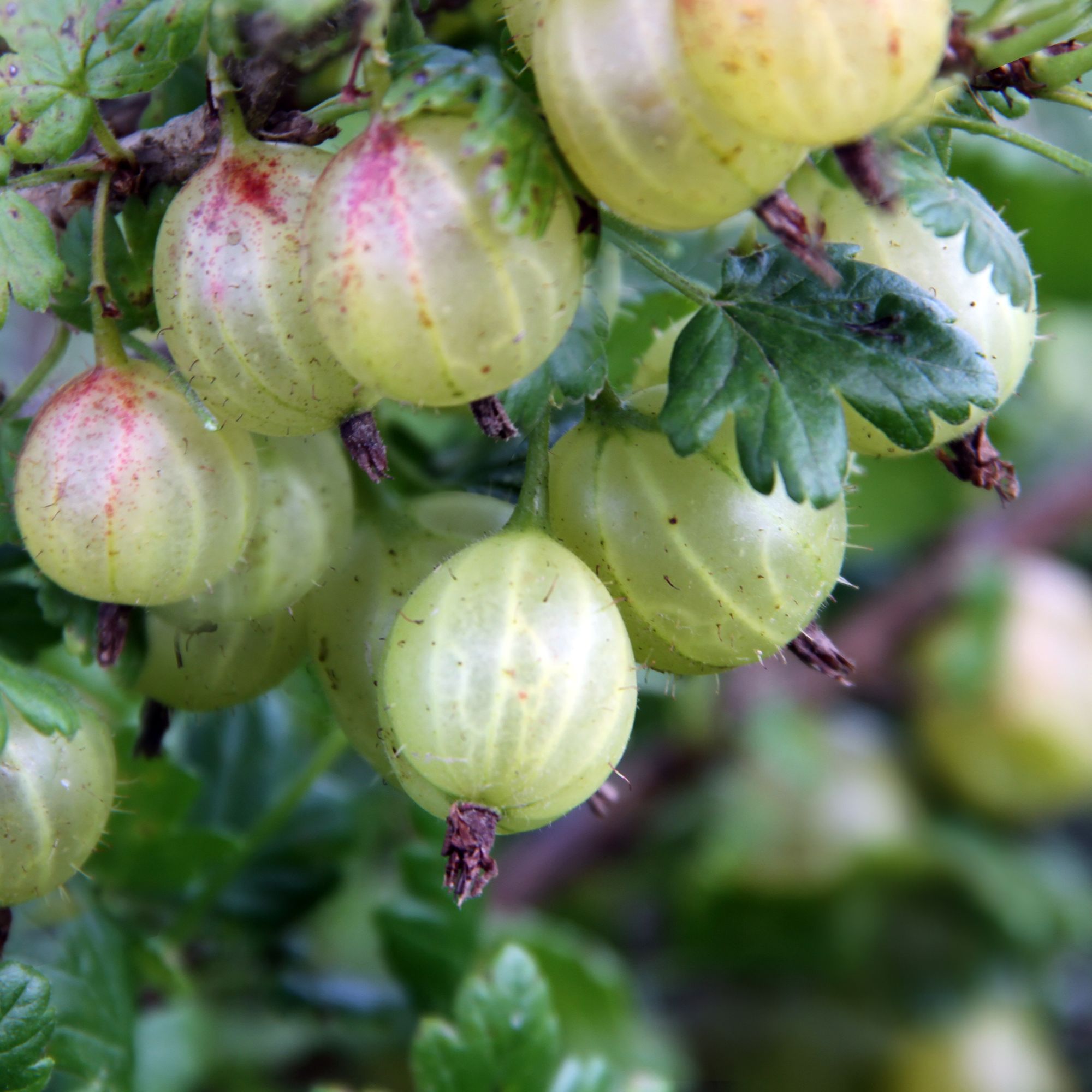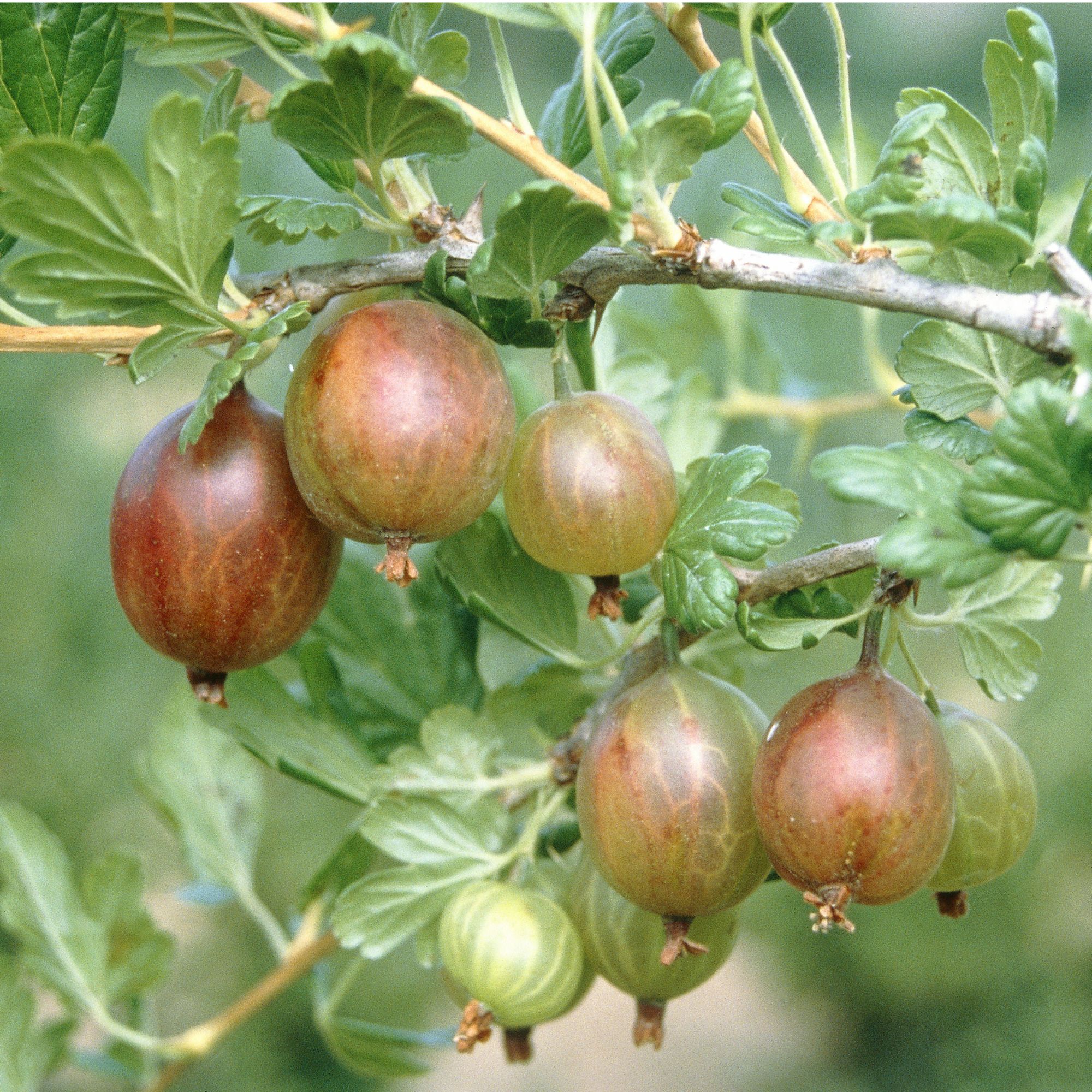How to grow gooseberries – everything you need to know about planting, watering and pruning these fruiting favourites
A complete guide to planting and caring for your gooseberry bush


If you’ve always wondered how to grow gooseberries, you’re onto a winner: these undemanding fruits are pretty easy to grow.
We’ve already taken a look at how to grow raspberries and other fruiting favourites, but gooseberries are stalwarts in gardens across the UK. The berries are used in pies, tarts and jams among plenty of other classic recipes.
To help you learn how to grow gooseberries, I’ve thrown together this guide, which includes tips from head gardeners from the National Trust. We’re covering everything from planting to pruning to help you grow a successful crop of gooseberries every year.
What you'll need
- A gooseberry bush, like Gooseberry 'Hinnonmaki Gron' from Crocus
- Some high potash fertiliser, like Westland Sulphate of Potash Fertiliser Granules from B&Q
- Farmyard manure, like Gro-Sure Farmyard Manure from Amazon
- Some secatueurs, like Gardena's Garden Secateurs from Amazon

1. Finding the right planting window
The best time to plant a gooseberry bush depends on the state you buy it in. If you’re taking home a ready-grown bush in a container, it’s usually fine to plant in any month of the year – but generally, waiting until the autumn is a safer bet.
‘Plant gooseberries in autumn rather than spring, as this gives them more time to establish well and cope with dry periods,’ advises Heloise Brooke, head gardener at the National Trust’s Calke Abbey in Derbyshire.
Just as you’d plant a bare-root tree, the best time to plant a bare-root gooseberry bush is during the dormant season, ideally between November and March.
Gooseberry 'Invicta' from Crocus is available as a 3-litre potted plant.
Sign up to our newsletter for style inspiration, real homes, project and garden advice and shopping know-how

2. Planting your gooseberry bush
Gooseberries are low-maintenance, but it’s crucial that you choose the right planting location.
‘Gooseberries perform best in a sunny position with free-draining soil,’ says David Glass, head gardener at Bowood House and Gardens. ‘While not particularly fussy, good drainage prevents problems later on.’
When you’re planting your gooseberry bush, you’ll need to make sure you dig a hole that’s large enough to accommodate the rootball. Then, backfill until the soil is level with the soil line on the stem of the plant.

3. Watering and feeding
Learning how to grow gooseberries is relatively straightforward once you’ve planted your bush, but you’ll need to be a little more attentive throughout its first year.
‘Make sure to water regularly while the plant is young and continue during dry spells to keep the roots healthy and strong,’ David advises.
A little fertiliser and mulching can also go a long way. ‘In early spring, apply a generous layer of well-rotted manure and a handful of potash to feed the plant and support early growth,’ David says.
Miracle-Gro's Sulphate of Potash Fruit & Flower Enhancer from Amazon is a popular choice.

4. Watching out for pests
Sadly, gooseberries can fall victim to garden plant pests like the other plants in our gardens. One to watch out for, in particular, is gooseberry sawfly.
‘Our gooseberries always draw a lot of attention, and we have lots of conversations with visitors about gooseberry sawfly and how we keep it from stripping the plants,’ says Nat Jones, gardener at the National Trust’s Oxburgh Estate in Norfolk.
So, what’s the secret? ‘We use rhubarb leaves around the bases of the plants to inhibit the sawfly,’ Nat explains. ‘The leaves of rhubarb contain oxalic acid which can be used as a natural insecticide spray, but just laying the leaves at the base of the plants is enough to keep the sawfly at bay!
‘The bonus is that the rhubarb is ready to harvest just as the sawfly are hatching from April, so it's great for recycling the rhubarb leaves from the harvest too!’

5. Pruning
You won’t have to worry about pruning your gooseberry bush in its first year, but after the second, you’ll need to prune to maintain the plant’s health and productivity.
‘Prune them to form an open bush of three or four stems, then cut out all branches that are dead, damaged or crossing over,’ advises Heloise. ‘Shorten the main stems to a good bud, to about 90cm high. Side shoots can be shortened to one or two buds.
‘You should be aiming for an open, goblet-shaped bush for plenty of airflow and to allow space for fruit to ripen.’
As ever, make sure you know how to clean your garden tools properly between pruning sessions to minimise the spread of disease. Something like Gardening Naturally's Natural Citrus Cleaner from Amazon should do the trick.
Now you know how to grow gooseberries, you'll be on your way to delicious harvests every year. Which varieties are you growing?

Sophie joined the Ideal Home team as Gardens Editor in June 2024. After studying English at Royal Holloway, University of London, she began writing for Grow Your Own, which spurred on her love of gardening. She's tried growing almost every vegetable under the sun, and has a soft spot for roses and dinnerplate dahlias.
As Gardens Editor, Sophie's always on the lookout for the latest garden trend. She loves sharing growing hacks for every space, from herbaceous borders to balconies.
You must confirm your public display name before commenting
Please logout and then login again, you will then be prompted to enter your display name.